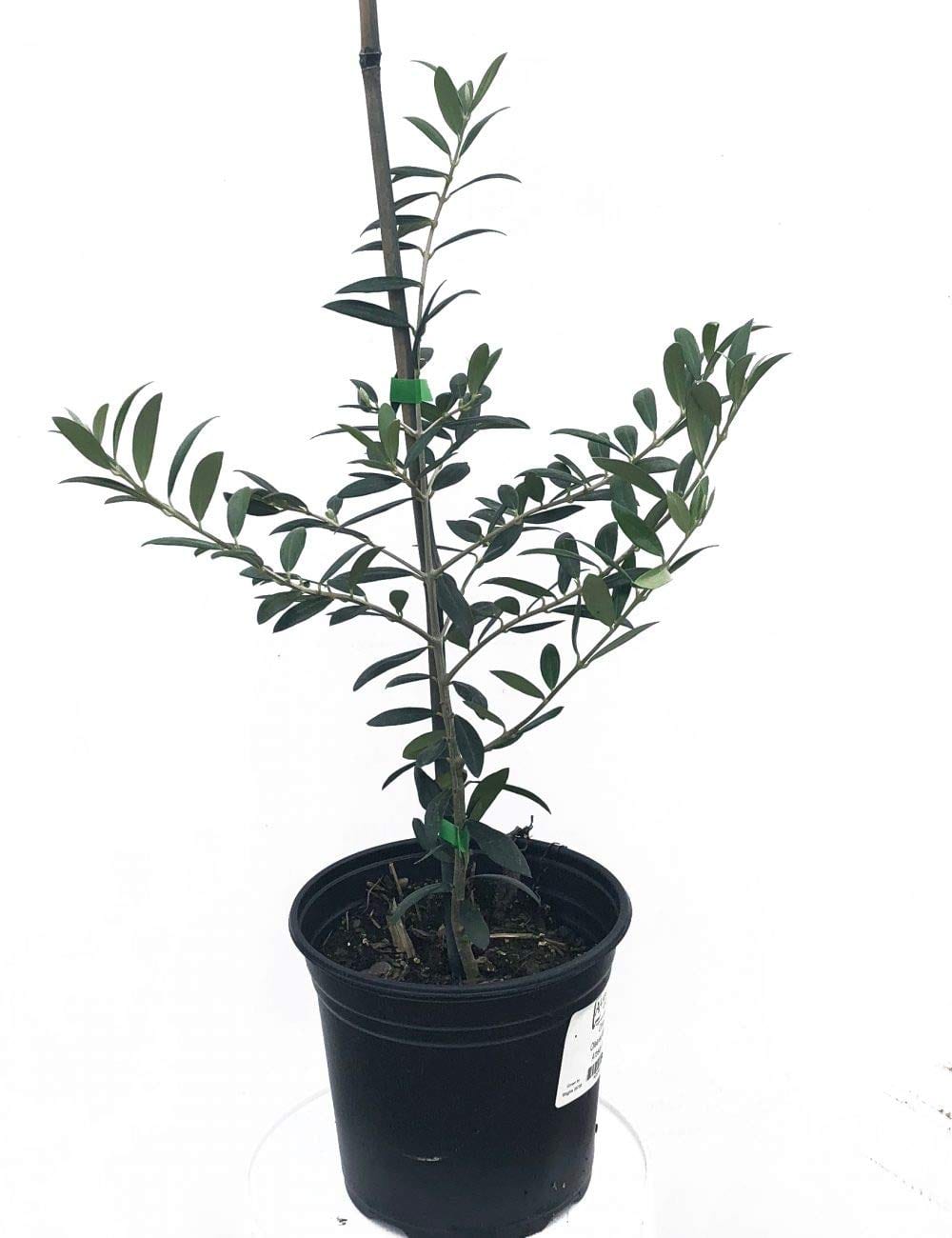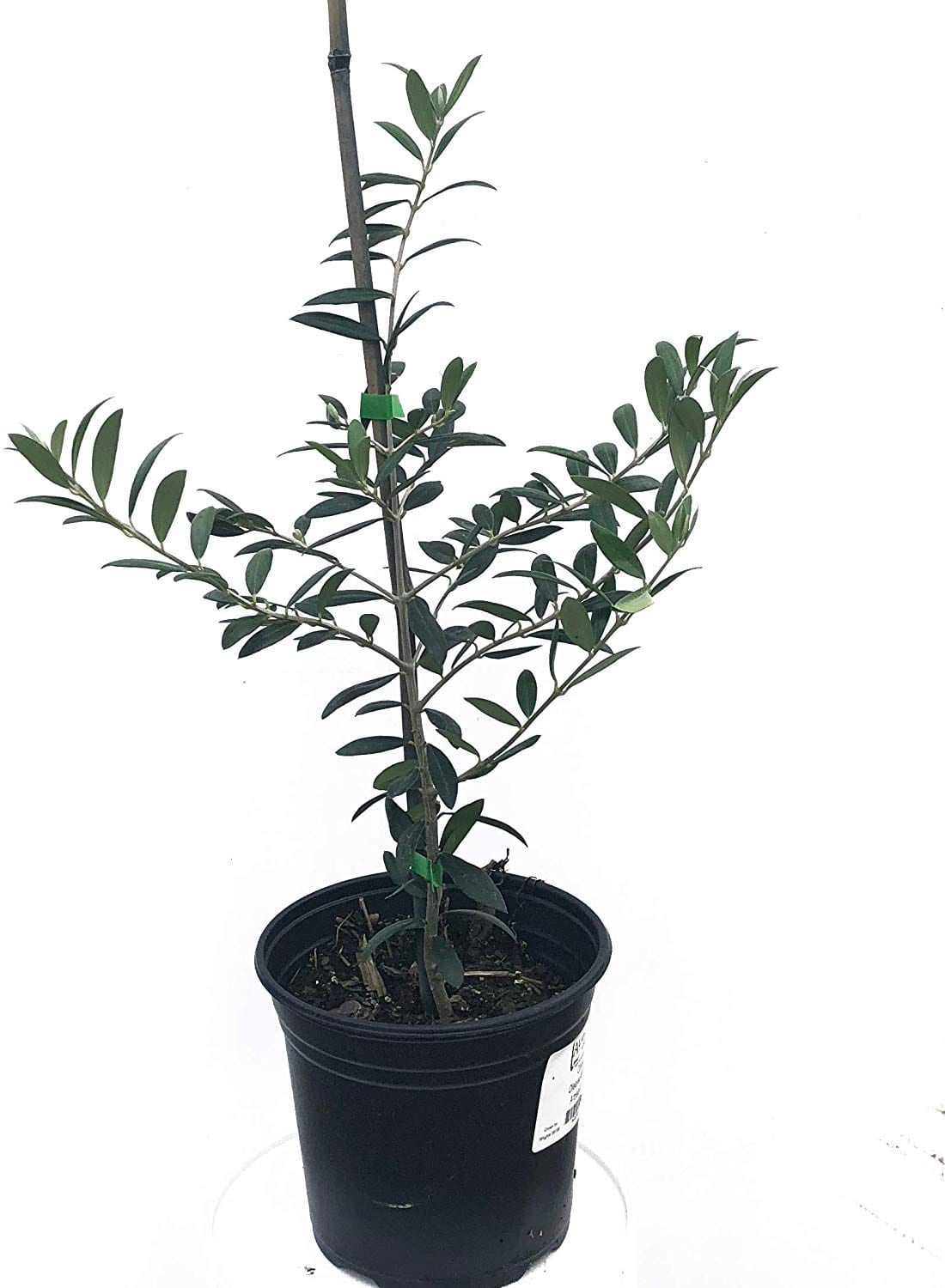Olive Tree, Arbequina
Price range: $12.99 through $36.99
Discount per quantity
| Quantity | 3 - 8 | 9 - 14 | 15+ |
|---|---|---|---|
| Price | Price range: $12.60 through $35.88 | Price range: $12.21 through $34.77 | Price range: $11.69 through $33.29 |
| % Discount | 3% | 6% | 10% |
Description
Arbequina Olive Tree: How to Grow and Enjoy Your Own Olives at Home
Imagine stepping outside your door and picking fresh olives right from your tree. Sound too good to be true? It’s not. With the Arbequina Olive tree, you can enjoy home-grown olives—even if your space is small. Known for its compact size and delicious fruit, the Arbequina Olive is perfect for gardeners of all levels. Let’s explore everything you need to know to grow your own olive tree at home.
Meet the Arbequina Olive Tree
Arbequina olives come from Spain. They’re famous for producing high-quality olive oil and tasty table olives. Unlike other olive trees that can grow huge, Arbequina stays small, making it great for backyards, patios, and even pots.
This charming tree has slender, silvery-green leaves and grows to about 10-15 feet tall outdoors. Indoors or in containers, you can easily keep it smaller. In other words, it’s a versatile tree that’s both beautiful and practical.
Why You’ll Love Growing Arbequina Olives
Easy and Versatile
Arbequina olive trees are tough plants. They handle various climates, drought conditions, and even occasional neglect. This makes them an ideal choice for busy gardeners or beginners.
Fresh Olives at Your Fingertips
Nothing beats the satisfaction of harvesting your own olives. Arbequina olives are small, sweet, and packed with flavor. You can eat them fresh, brine them for snacks, or press them into your own olive oil.
Beautiful and Functional
The silvery foliage and gnarled trunk of the Arbequina olive tree add a Mediterranean charm to your home or garden. It’s not just practical—it’s pretty too.
How to Plant Your Arbequina Olive Tree
Choosing the Right Spot
Arbequina olive trees love sunlight. Plant your tree where it gets at least 6-8 hours of direct sun daily. If growing indoors, choose a sunny window or supplement with grow lights.
Planting in the Ground
Make sure your soil drains well. Olives hate soggy feet. Mix in compost or sandy soil to improve drainage if needed. Dig a hole twice as wide as your tree’s root ball but no deeper. Set your tree at the same depth it was in its original container and fill the hole gently.
Growing in Containers
If space is tight or winters are harsh, grow your tree in a pot. Pick a large container with drainage holes. Use a good quality potting mix that’s well-draining. Place the container on wheels for easy moving indoors during winter.
Caring for Your Arbequina Olive Tree
Watering Wisely
Water your tree regularly until it’s established. Afterward, water deeply but infrequently. Let the top few inches of soil dry out between waterings. Overwatering is a common mistake, so always check soil moisture first.
Feeding and Fertilizing
Olives aren’t heavy feeders, but they appreciate balanced nutrients. Fertilize lightly in spring with a slow-release, balanced fertilizer. Avoid too much nitrogen, as this encourages leaf growth instead of fruit.
Pruning for Productivity
Prune your Arbequina olive tree lightly each year. Remove any dead, diseased, or crowded branches. This keeps your tree healthy and boosts fruit production.
Harvesting and Using Your Arbequina Olives
When to Harvest
Arbequina olives typically ripen in the fall. They’re ready when they turn from green to a lovely purplish-black. Harvest carefully by hand to avoid damaging the tree.
Enjoying Your Harvest
Fresh olives straight from the tree are bitter. You’ll need to cure them first. Brine curing is popular and easy—just soak your olives in a saltwater solution for several weeks.
Making olive oil is also rewarding. Crush your olives and press out the oil. Even a small harvest can produce enough delicious, home-grown olive oil for your kitchen.
Troubleshooting Common Olive Tree Issues
Yellow Leaves
This usually means too much water. Allow your soil to dry out more between waterings.
Lack of Fruit
Olives may not fruit heavily every year. Ensure your tree gets enough sunlight, nutrients, and proper pruning to maximize fruit production.
Pest Management
Arbequina olive trees rarely face serious pest problems. If you notice pests, treat them early with natural solutions like neem oil.
Growing Olive Trees Indoors
Yes, you can successfully grow an Arbequina olive tree indoors! Choose a sunny spot and maintain regular watering. Indoor olives may produce fewer fruits, but the tree will remain a beautiful addition to your home.
Discover the Joy of Growing Olives
Growing an Arbequina Olive tree is rewarding and surprisingly simple. You get fresh olives, flavorful homemade olive oil, and a stunning plant all in one. Instead of dreaming about Mediterranean gardens, you can bring the Mediterranean right to your backyard or balcony. So why wait? Plant your own Arbequina olive tree today and start enjoying the timeless pleasure of olives straight from your garden.
Additional information
| Weight | N/A |
|---|---|
| Options | 4 in. (16.9 fl. oz.) Pot, 1-2 feet Tall 6 inch (2.5 quart) Pot, 2-3 feet Tall 6 inch (2.5 quart) Pot |




